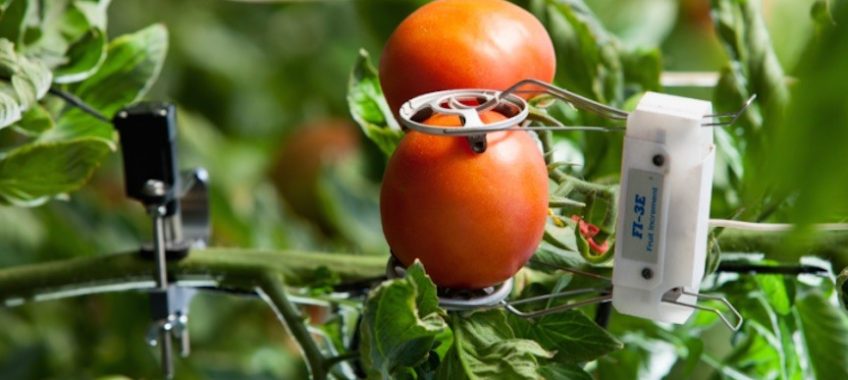15
Jan
“There was nothing out there that focused on measuring the plants themselves – their growth rate, nutrient and water content, temperature stress, and light-use efficiency – alongside the physical drivers of growth and evapotranspiration,” says Wolf. “This type of equipment exists in a limited way for scientists, but it is expensive and challenging to set up. The data also sits offline, so we didn’t know if the instrument failed. We were spending more time maintaining the equipment than using the data to reveal insights.”
The other main challenge was making it simple and affordable to deploy many devices around the farm. “Most growers are managing land that is spread out. It can take a day or more just to drive among all the sites. Having a station that is tracking microclimate and plant growth in each field allows them to benchmark how the different blocks are progressing,” he says.
The larger point, notes Wolf, is that data has tended to accumulate in spreadsheets where it doesn’t get used. “We envision a world where data is used in service of action and decision making.”
WHAT IT MEASURES
Mark includes a six-band spectrometer and four-way net radiometer that measure crops. It is also outfitted with an advanced acoustic rain gauge that measures rainfall by noting the size and number of drops that fall on the face of the device.
It comes equipped with cellular, Wi-Fi, and Bluetooth for continuous connectivity. An accessory port accommodates soil moisture, irrigation pressure, and other user-supplied devices. Onboard GPS allows data to be linked to weather, soil, and satellite imagery.
“We built in a lot of tools to enable people to comment, annotate, or otherwise talk to each other about the same set of facts,” says Wolf. “Privacy is critical to make sure that certain data is shared but not other data.”
The company recommends one Mark per field or per zone. “We believe the major source of variation is between fields,” says Wolf. “Two different fields will be planted at different times, with different varieties, on different soils with different weather. We give oversight across those different fields to prioritize what needs attention, to reduce risks for chance events and, in our forecasting tools, to make better financial decisions around futures contracts.”
EARNINGS POTENTIAL
With real-time forecasting, he says growers have the potential to increase their profits.
“Everyone who grows crops for a living sells them. Everyone who processes or packs food buys crops,” Wolf explains. “The problem is that people are almost always surprised by what comes out of the field when it’s actually time to harvest and make that transaction. Growers who underestimated find they have to sell a lot of product at the last minute or else it becomes juice or even tilled under.”
In general, he says 20% of fruits and vegetables never leave the field because of contract uncertainty.
“Being able to know ahead of time the timing, quality, and yield at harvest helps operators improve management of labor and capital equipment, optimize sales and marketing tactics, and avoid shipping bad product.”
The cost for a Mark is $500.
